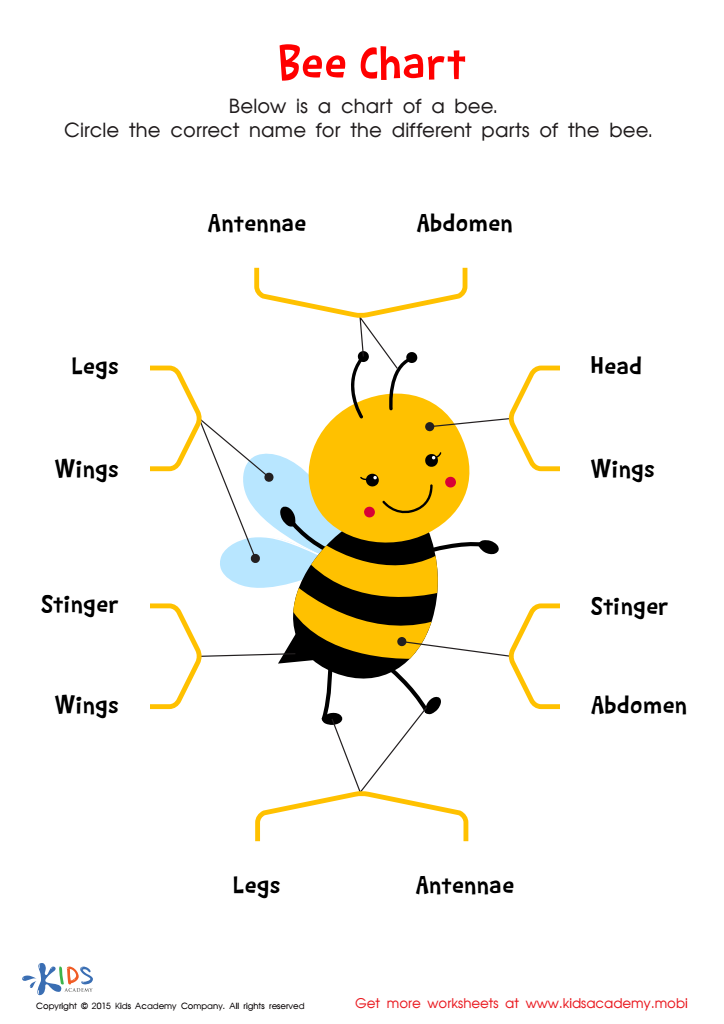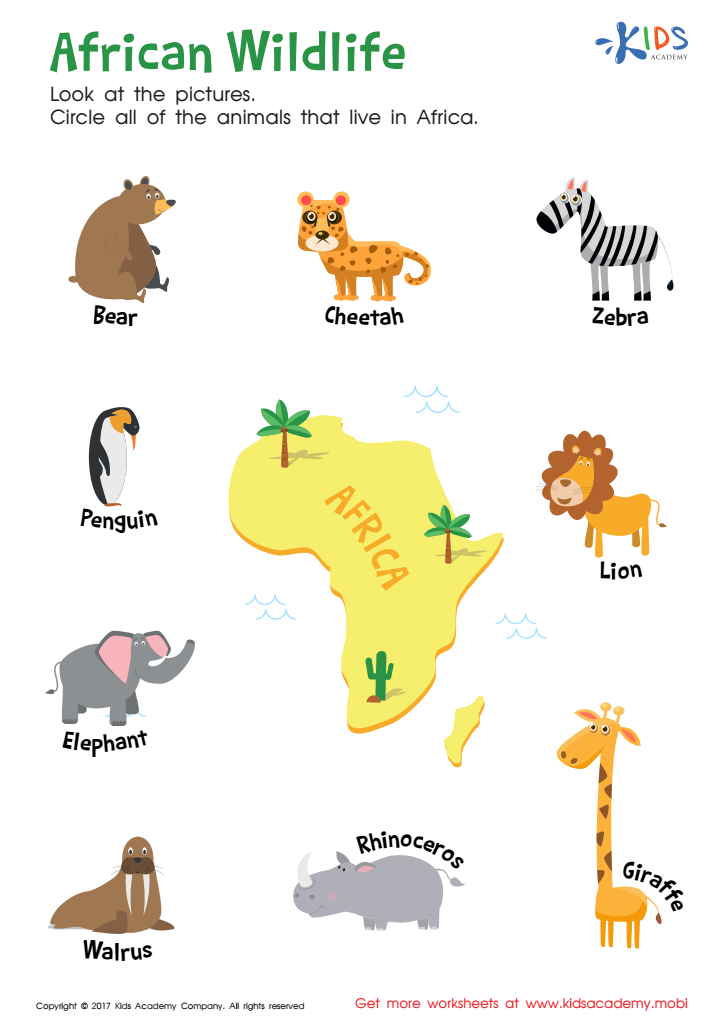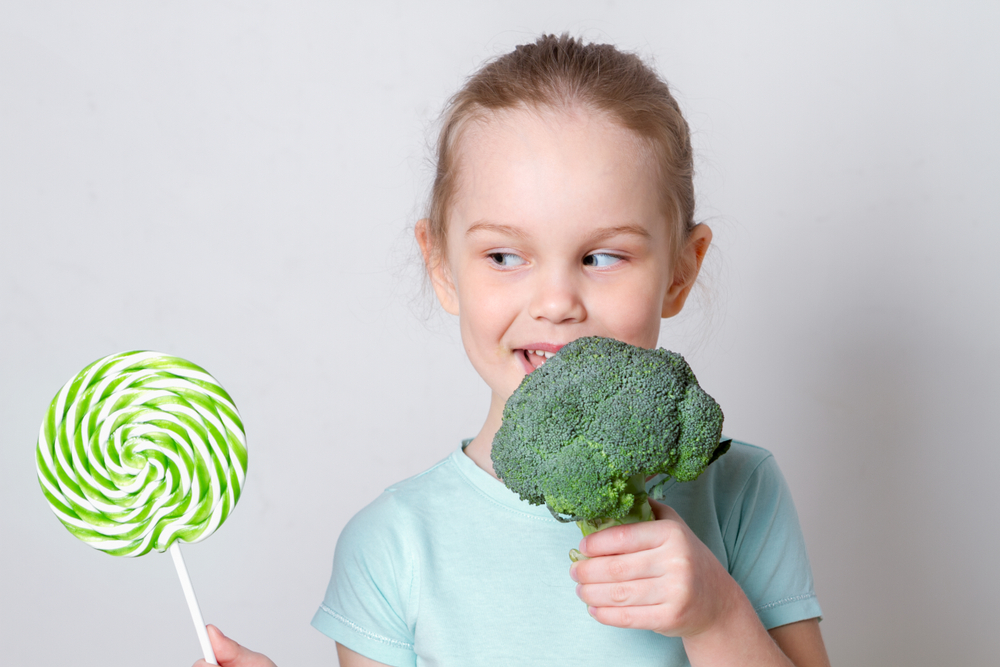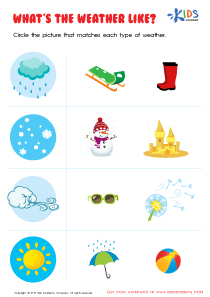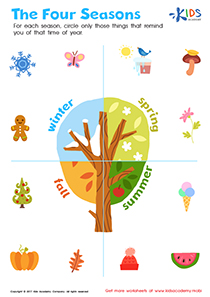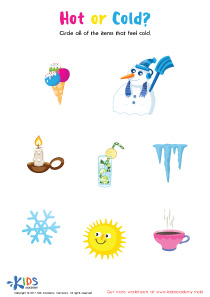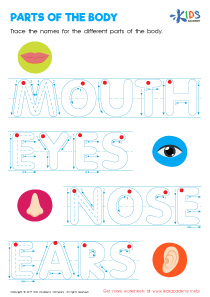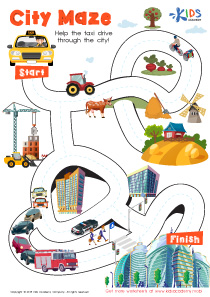Plants and Animals Worksheets for Ages 5-7
13 filtered results
-
From - To
Discover our engaging "Plants and Animals Worksheets for Ages 5-7" designed to spark young learners' curiosity about nature. These educational printables offer vibrant activities that introduce children to the fascinating world of plants and animals. With fun exercises, kids can explore life cycles, habitats, and characteristics, enhancing their understanding of the natural world. Perfect for early grade students, these worksheets promote critical thinking and observational skills while making learning enjoyable. Download now to support your child's educational journey and encourage a love for science and nature! Ideal for both classroom settings and homeschooling.
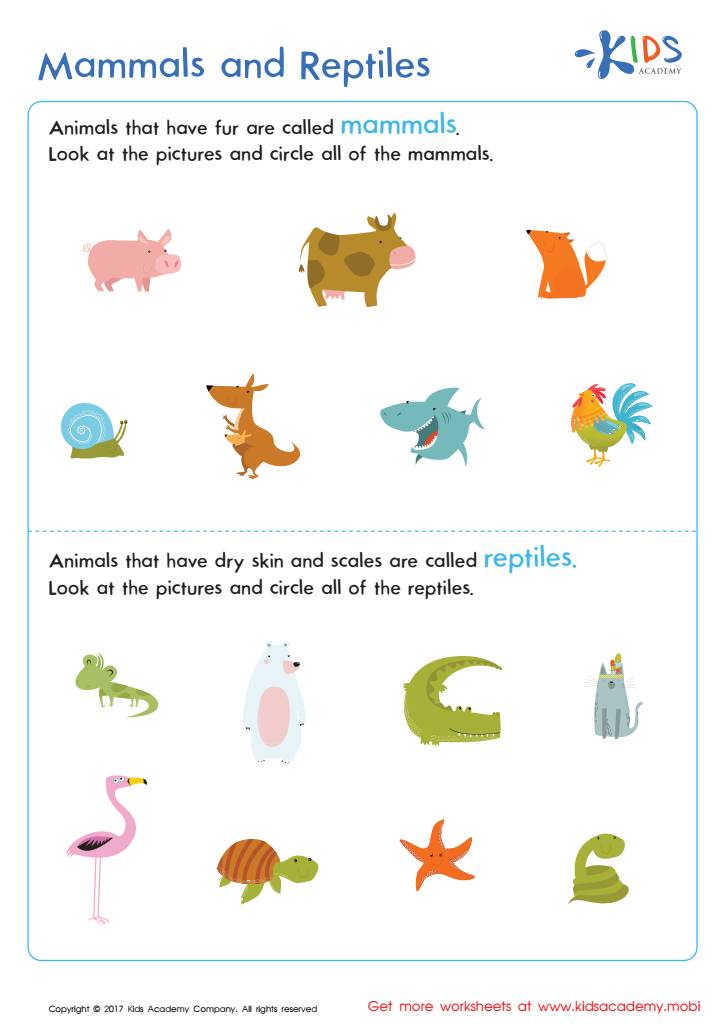

Mammals and Reptiles Worksheet
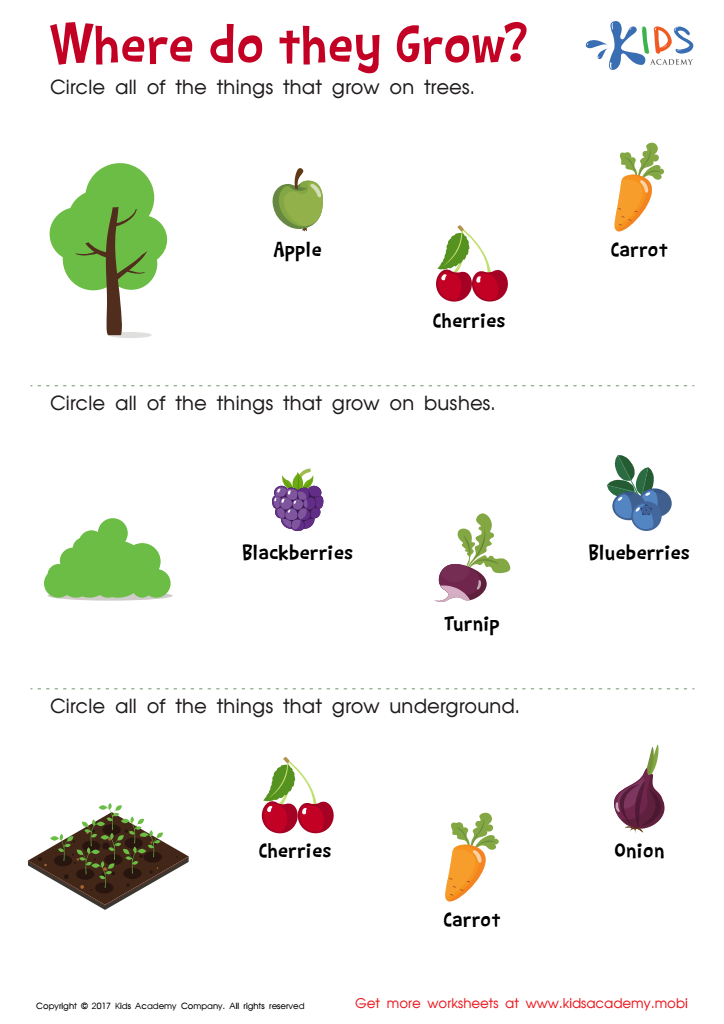

Where Do They Grow Worksheet
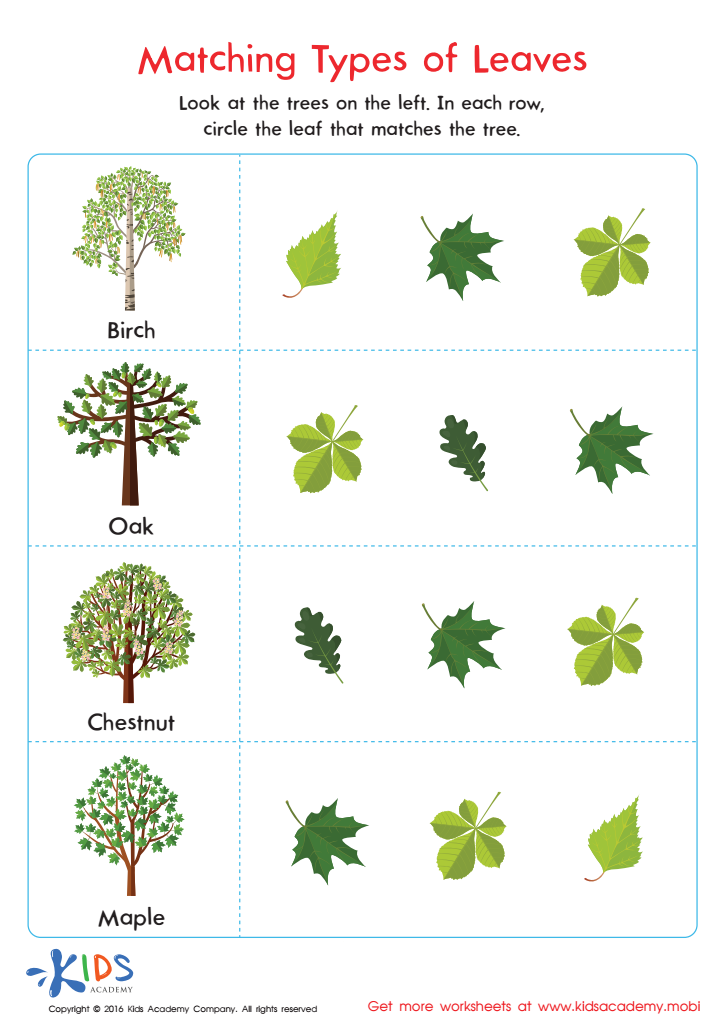

Matching Types of Leaves Printable


African Wildlife: Giraffe Worksheet
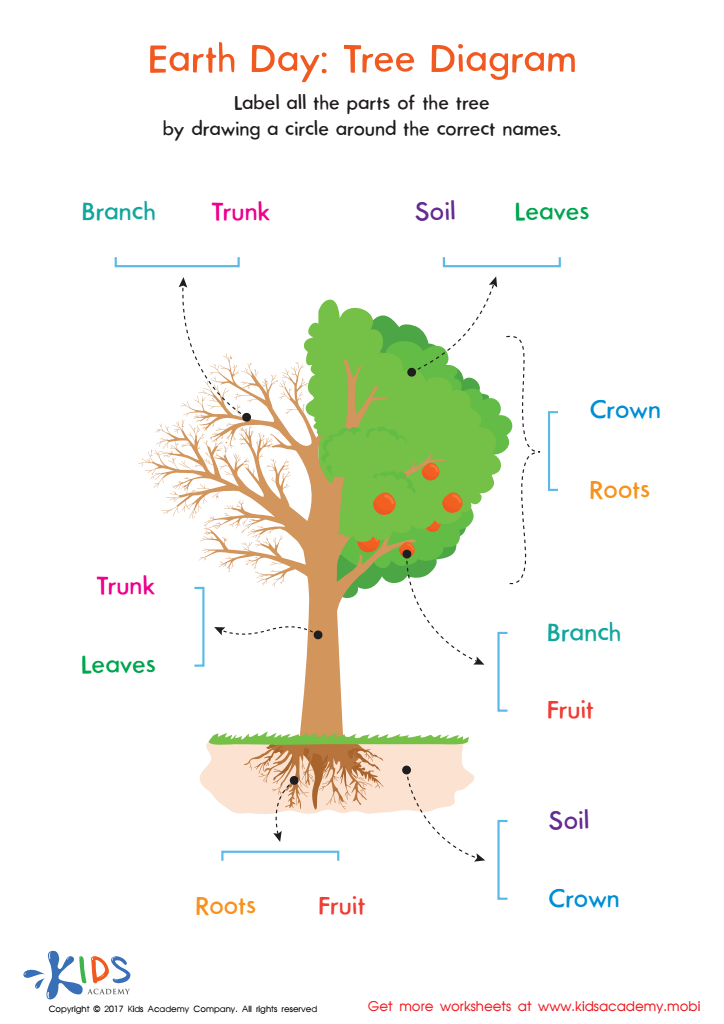

Earth Day: Tree Diagram Worksheet
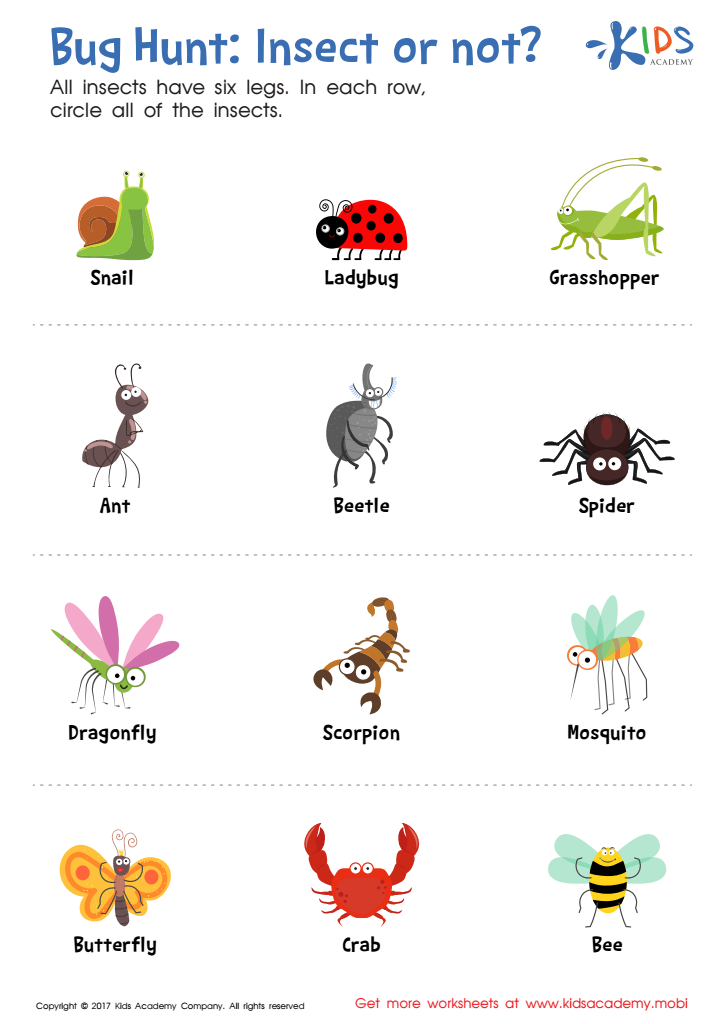

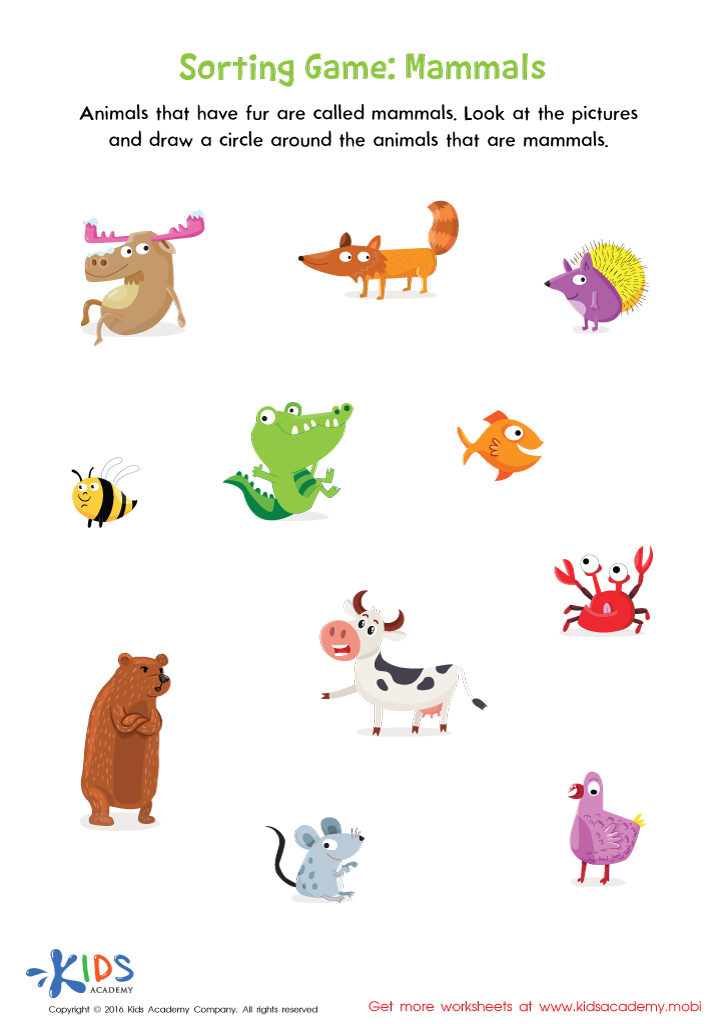

Mammals Sorting Worksheet
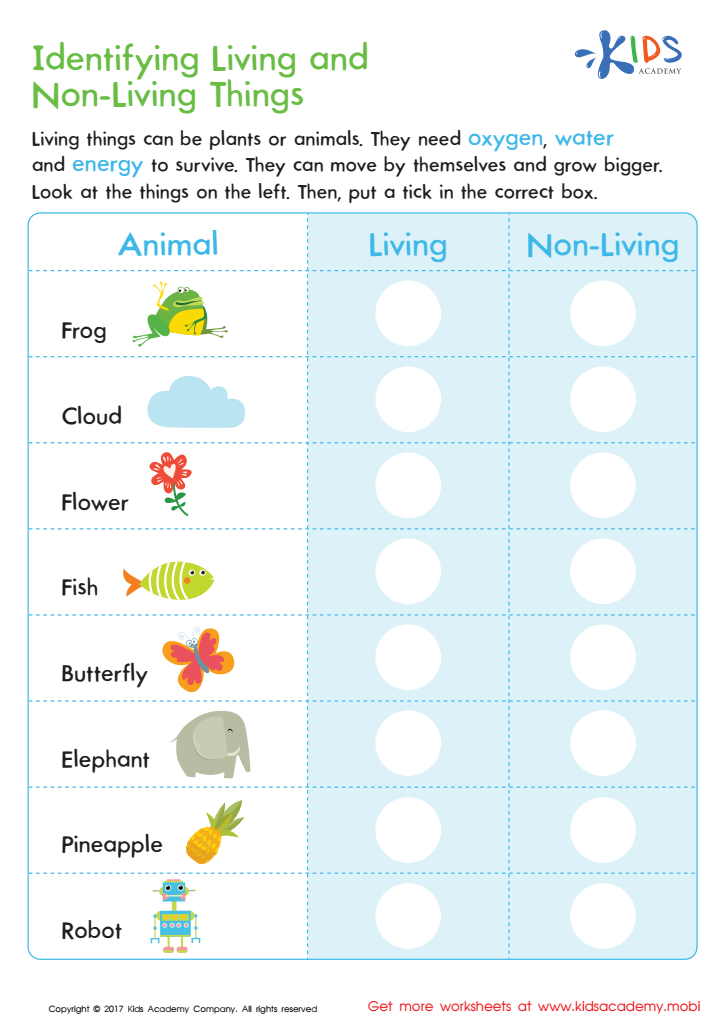

Identifying Living or Non–living Worksheet
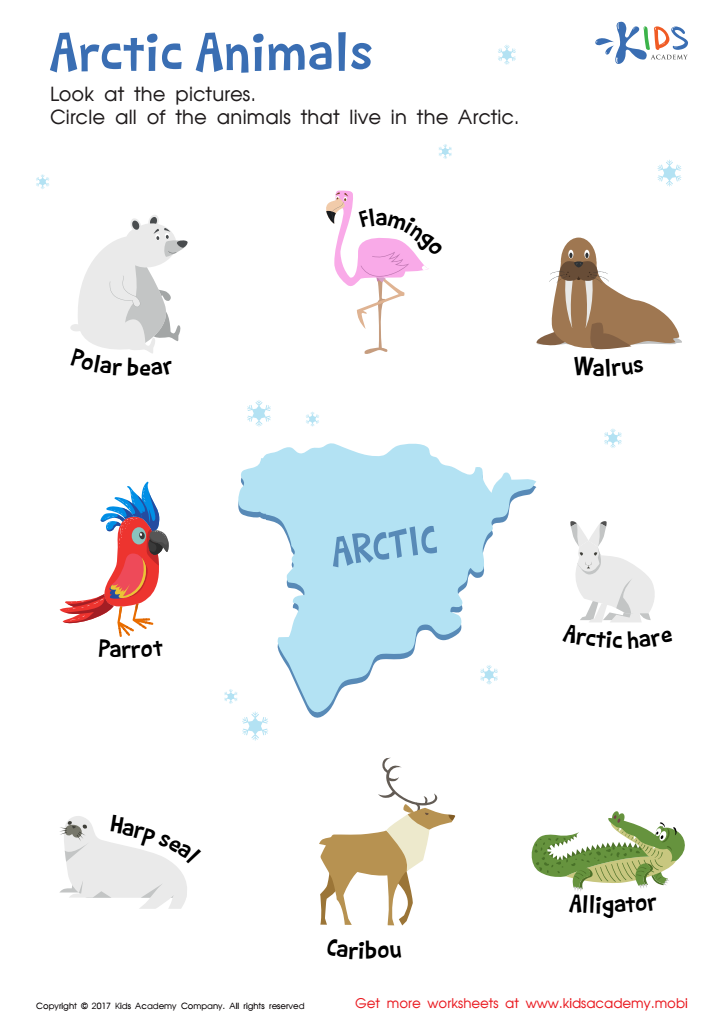

Arctic Animals Worksheet
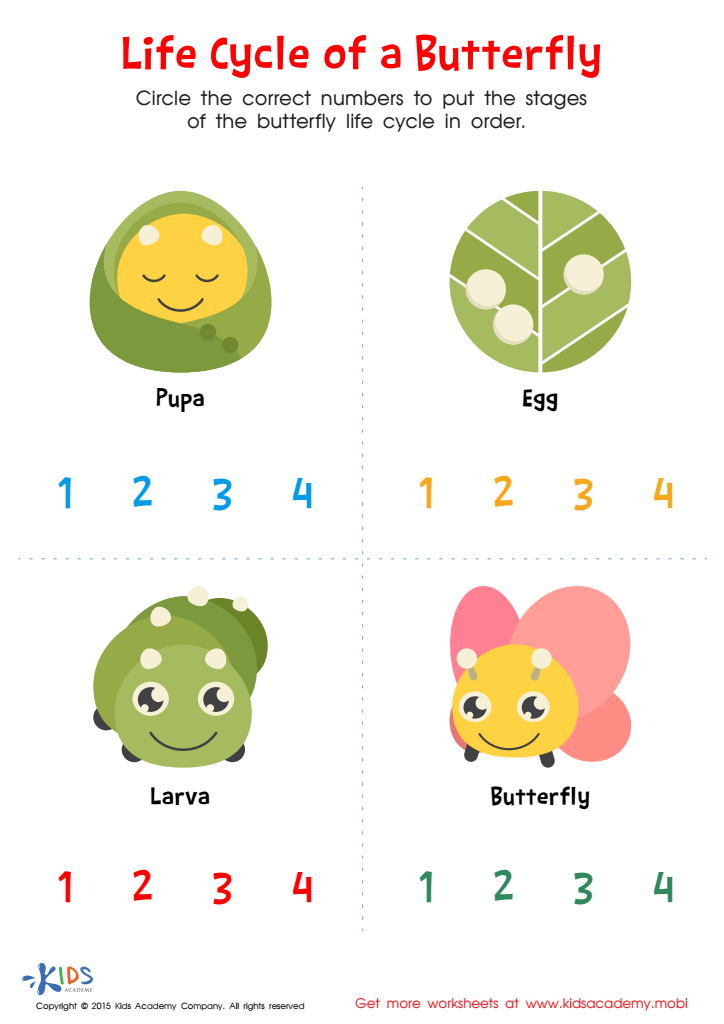

Life Cycle of Butterfly Printable
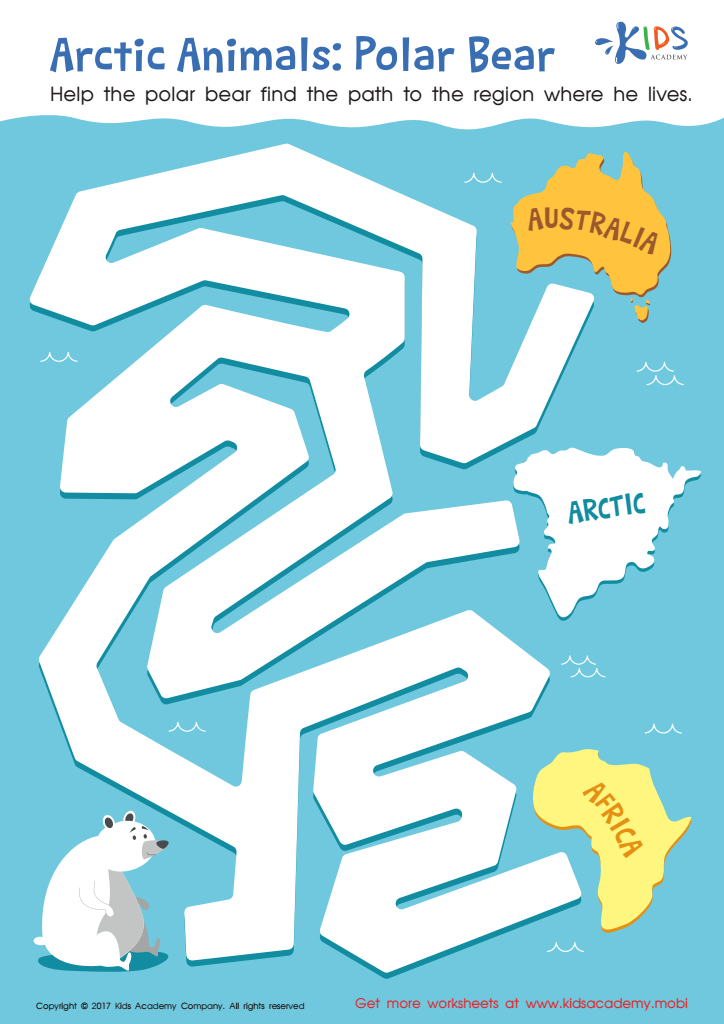

Arctic Animals: Polar Bear Worksheet
Caring about plants and animals for children ages 5-7 is crucial for several reasons. Firstly, it helps foster a love and appreciation for nature at an early age, laying the foundation for a lifetime of environmental stewardship. When children learn about plants and animals, they develop curiosity and respect for living things, which can carry over into responsible behavior towards the environment.
Additionally, understanding plants and animals helps kids learn fundamental scientific principles. Through hands-on activities like planting seeds or observing insects, children grasp concepts like life cycles, habitats, and ecosystems. These activities can also promote critical thinking and observational skills, core components of early education.
Socially and emotionally, connecting with nature can be very beneficial. Interactions with animals, whether pets or wildlife, teach empathy, responsibility, and caregiving. Time spent in nature reduces stress and stimulates imagination through unstructured play in natural environments.
Finally, early exposure to plants and animals directly supports physical health. Spending time outdoors encourages physical activity, which is essential for young, growing bodies. Whether through family gardening, nature walks, or classroom observations, teachers and parents play a crucial role in nurturing a child's educational and holistic development.
In essence, incorporating the study of plants and animals enriches young children's knowledge, builds empathy, and supports their overall well-being.
 Assign to My Students
Assign to My Students
